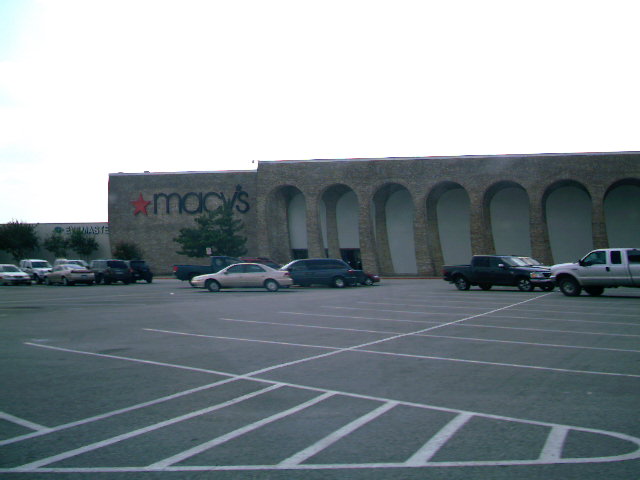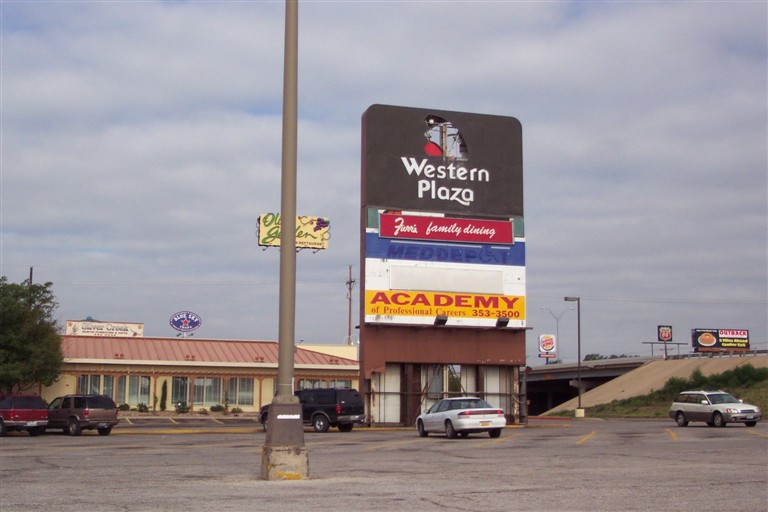Corpus Christi, the largest city in South Texas, is home to 285,000 people with over 430,000 in the metro area. Home to HEB grocery stores, the Whataburger fast food chain, Corpus Christi is also the 8th largest deep sea port in the U.S. The following submission is from reader “Jonah Norason” and his experience with Sunrise Mall, one of Corpus Christi’s two adjacent malls:
“I have a special connection with this mall. It was my first dead mall experience. Owned by Tom Morris, the slumlord of Six Flags Mall, Sunrise Mall is another story of why moving very close to an existing mall is generally a bad idea.
“From what I could tell, the mall started out as pretty upscale, virtually right next to Padre Staples Mall. The opening tenants in 1981 included Sears (which predated the mall by six years),Frost Brothers, Joske’s, and a pre-existing HEB(I’m pretty sure H-E-B did not open into the concourse). Many existing tenants at Padre Staples, such as Foot Locker and GNC, opened new locations at Sunrise rather than moving. The mall was popular at first, even starring in the 80s movie The Legend of Billie Jean(you can see the comparison here.
“But all that would slowly come to an end. Sunrise Mall’s upscale feel dropped off pretty quickly during the ‘80s. It became more discount oriented. Joske’s did not convert to Dillard’s, since there was already one at Padre Staples, so it closed was replaced with Montgomery Ward. Frost Brothers gave way to Burlington Coat Factory. H-E-B closed and became Stein Mart (which has an interior entrance, I’m pretty sure of). Mervyn’s was added as a sixth anchor. Still, over the period of the next decade, demographic shifts, the generally bad local economy, and competition from Padre Staples slowly squeezed the life out of Sunrise. Wards closed in December 2000. From what I can tell, Sunrise Mall’s prosperity (or what was left of it) went from bad to worse around 2004-2006. This was judging by the outdated mall directory that we’ll get to (it still had Mervyn’s).
“The mall was thoroughly uninviting. Partially obscured by uninviting parking garages, untamed shrubbery, and an outdated sign, it was surely to be a treat. Inside the mall, I was overjoyed as it had all the trademarks of a “dead mall”. Escalators shut off. Sections converted to office space. Wooden facades. Dead fronts. Nontraditional tenants. Neon. I love neon, it made me sad because it seemed like there used to be more neon in my local mall that disappeared over the years. There was a Montgomery Ward, which was still mostly intact. The directory, made somewhere between 2000 and 2006, showed that at one time, it was slightly better, but based on the bizarre things listed, like “Girls Rock” and other miscellany, it was obviously proceeding to the dark side.
“The food court was interesting. A dark corner of the mall, it almost was if the whole food court was subterranean. A Wendy’s was getting good business, but the majority of the food court tenants were dark. I didn’t pay attention, but there was a shell of a Chick-fil-A within those corridors. Other food court stands included one “Orange Creations” (guess what that used to be!) and “Anna Ice Cream & Deli”.
“What was more impressive, though, was the full-size sails. I liked them, they were a nice touch, but pretty depressing at the same time. There was also a dollar theater, but it was only four screens and the movies showing at the time were pretty sub-par at best.
“And that’s when we left. The mall is currently anchored by Burlington Coat Factory, Stein Mart, Sears, and a brand-new “HomeSource by Wilcox Furniture” in the former Wards store. However, not all is well. The mall faced foreclosure in April to be auctioned on May 6th but May 6th came and went without a buyer. Good, I suppose.
“I took these photos in summer 2007, actually before the Cherry Hill Mall pictures I took.”
Thanks for the submission, Jonah! I also visited Sunrise Mall, in April 2007. I found it and its more successful neighbor mall, Padre Staples Mall, to be a curious set. Considering these two malls are the only two for Corpus Christi, the pair together don’t even really add up to what I’d expect in a market this size. Padre Staples, Sunset’s more “successful” neighbor, was (as of 2007) pretty dated as well. In fact, I’d even expect another mall to serve a different part of town, considering the population here.
My pictures:
More of Jonah’s photos:































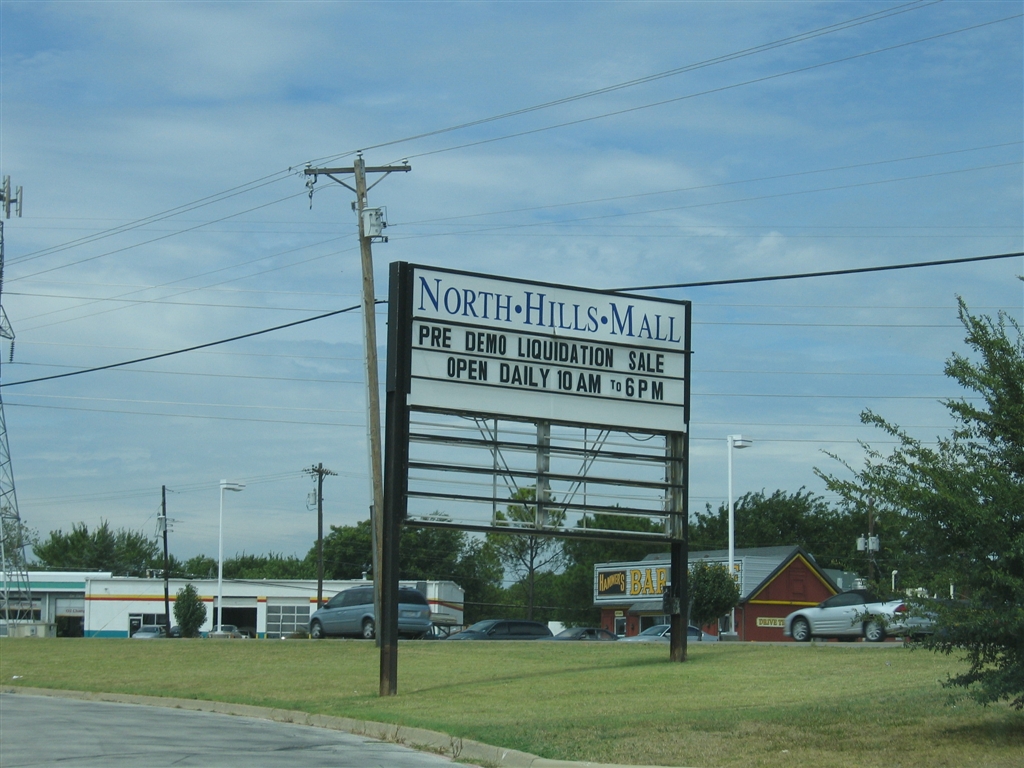
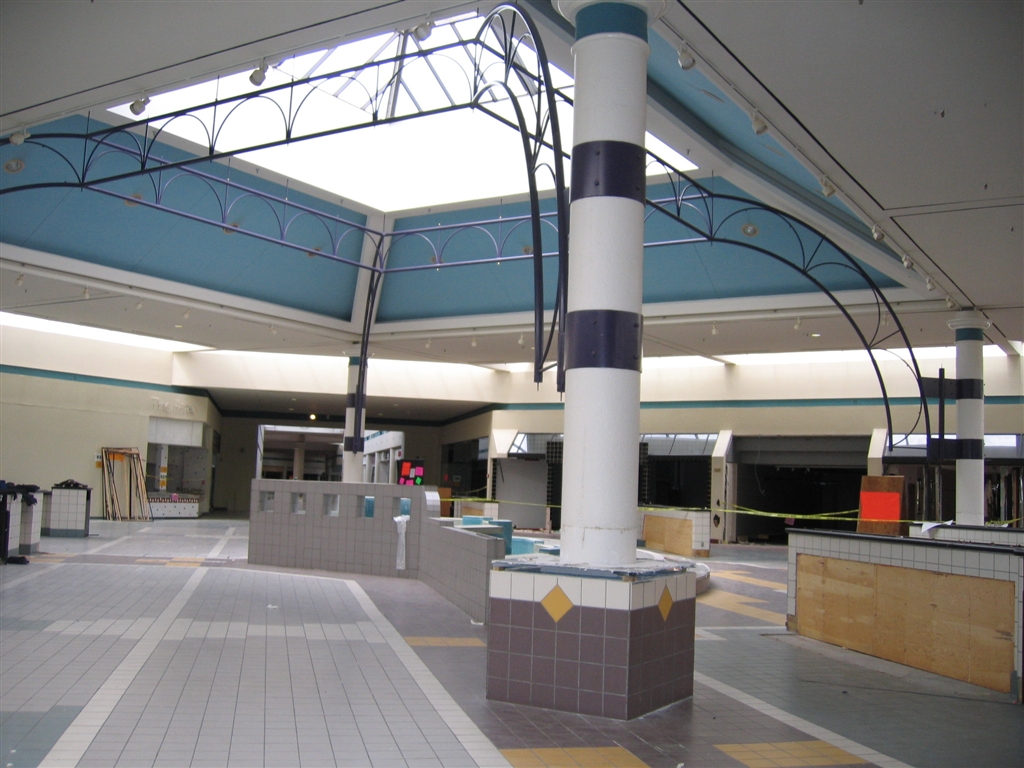
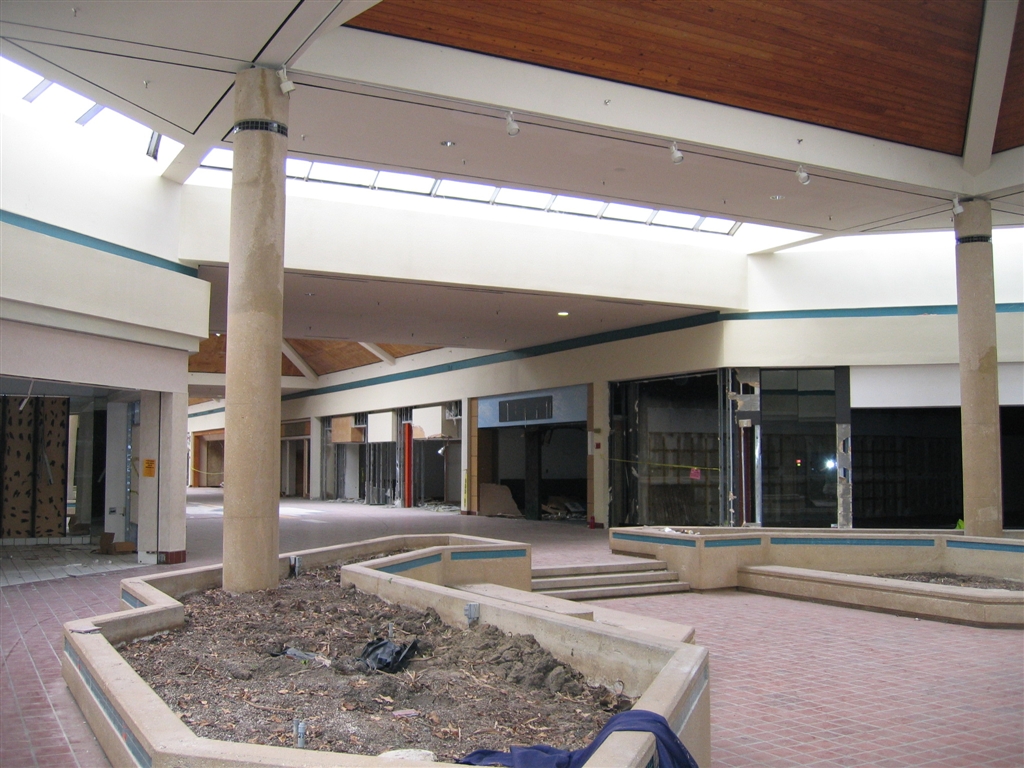
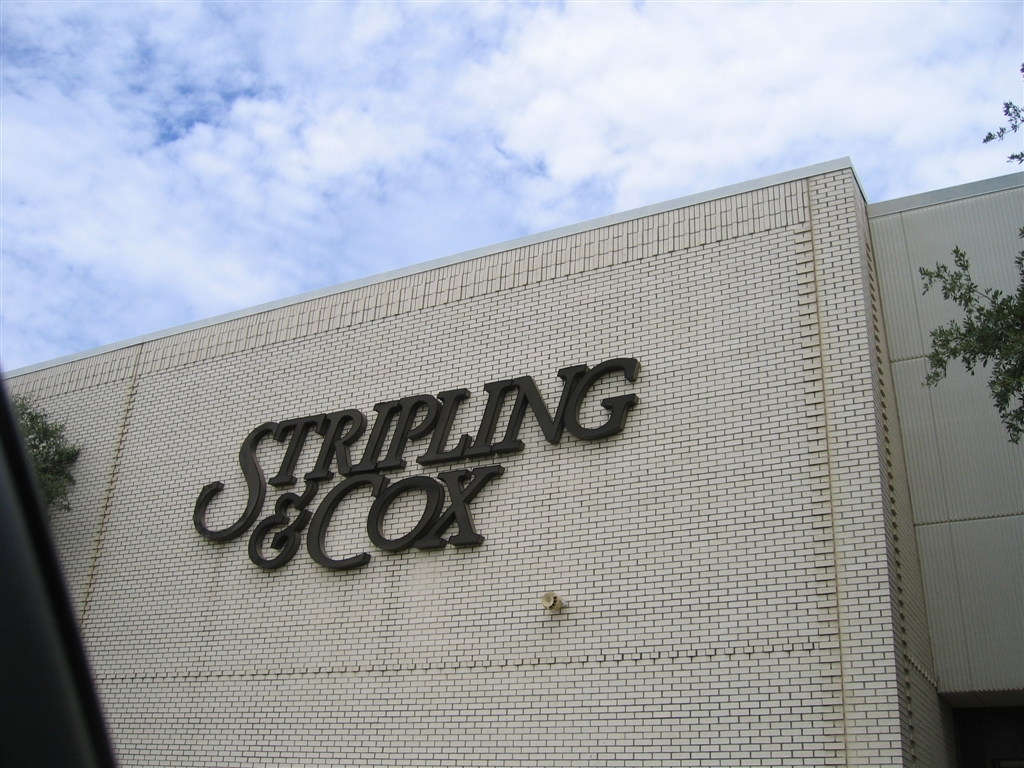
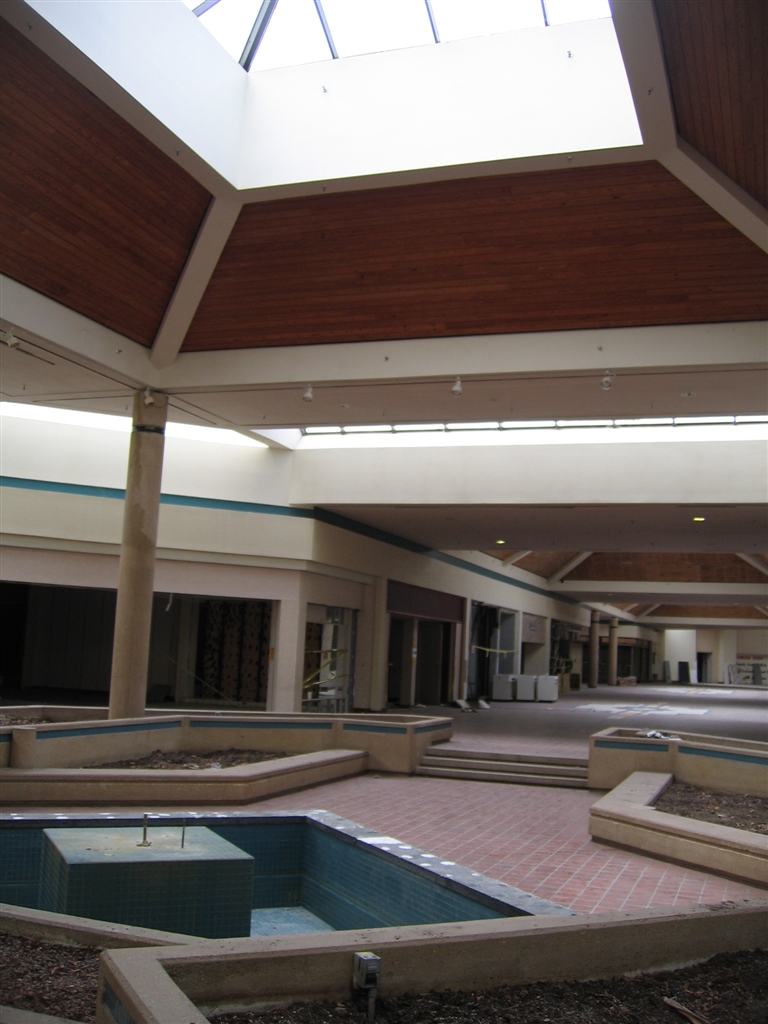
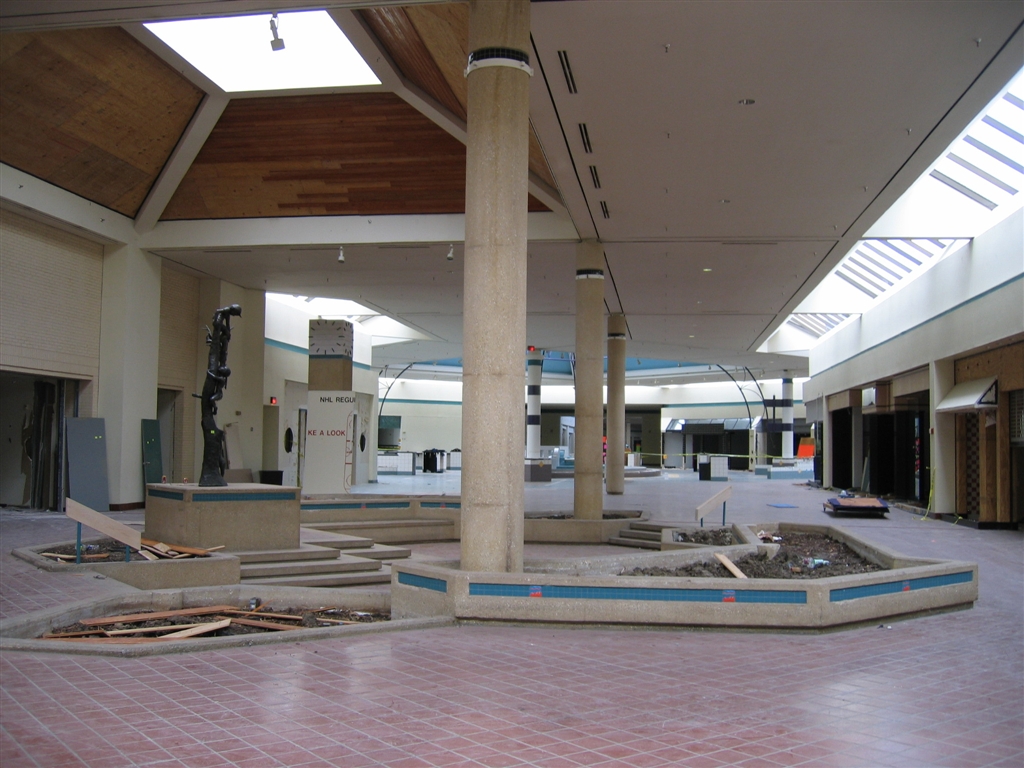
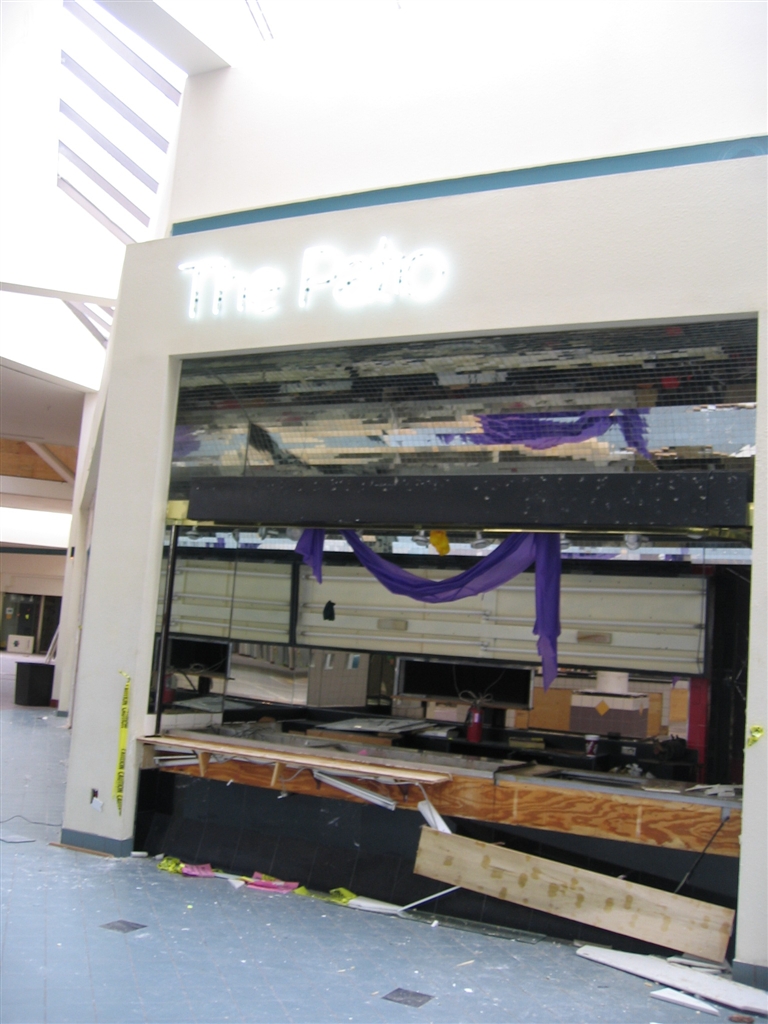
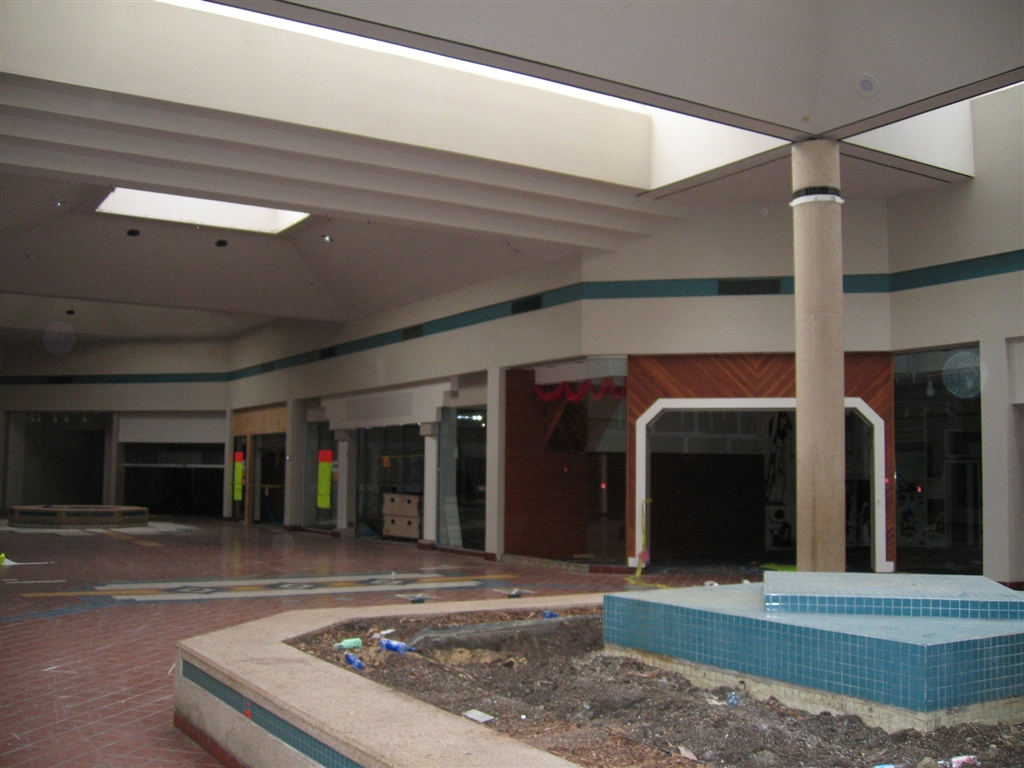
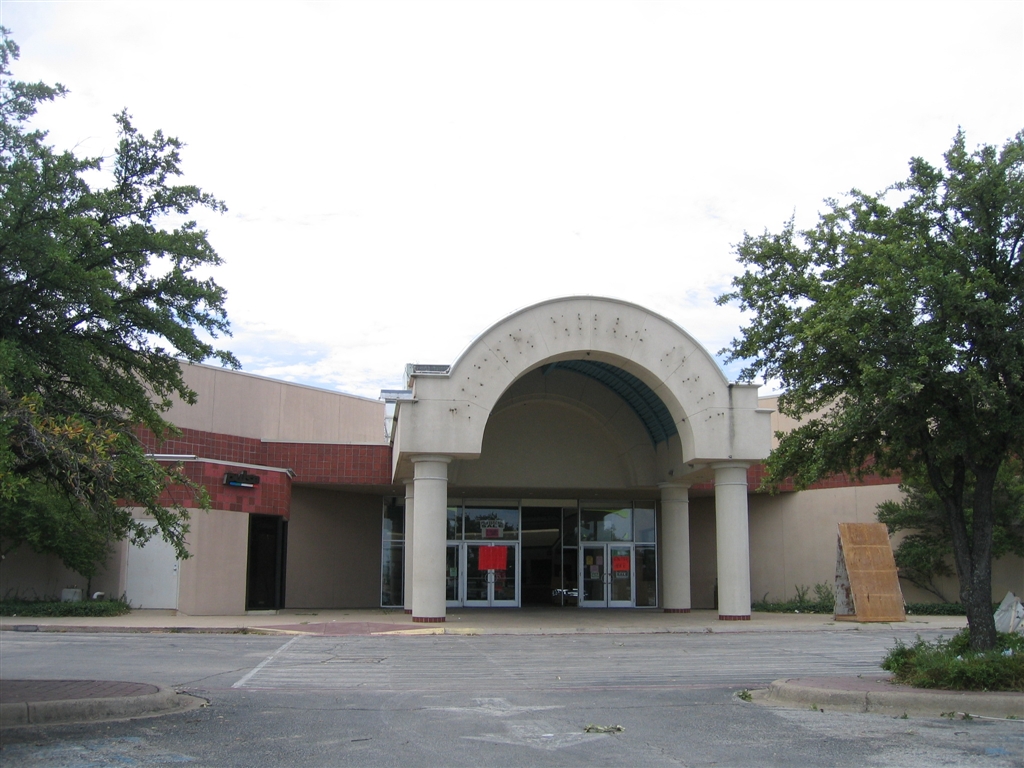
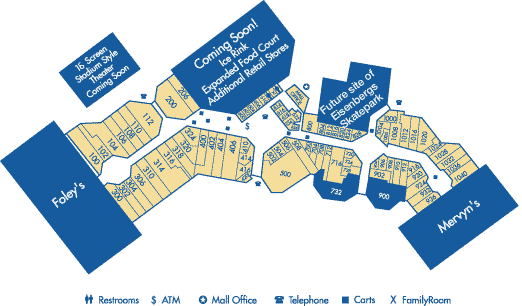






























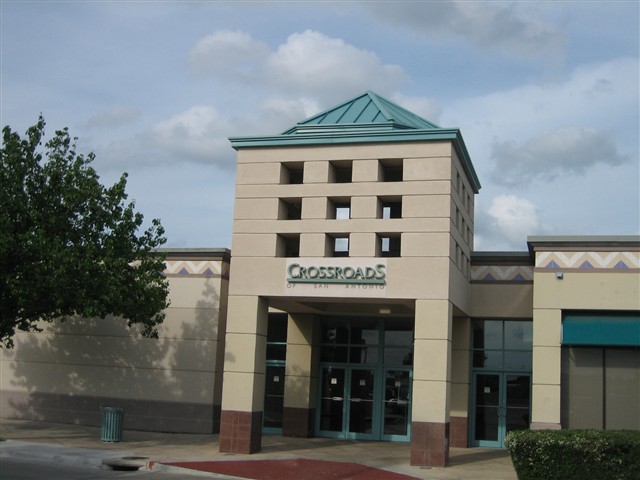
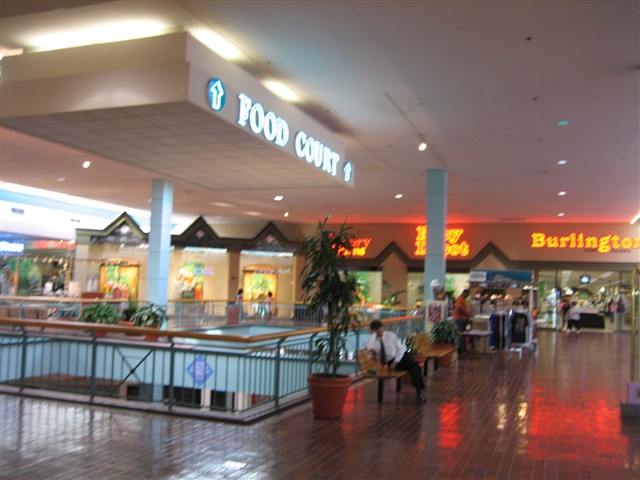
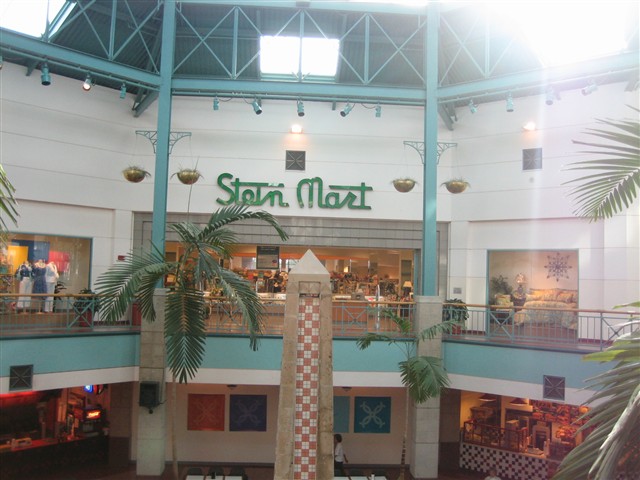
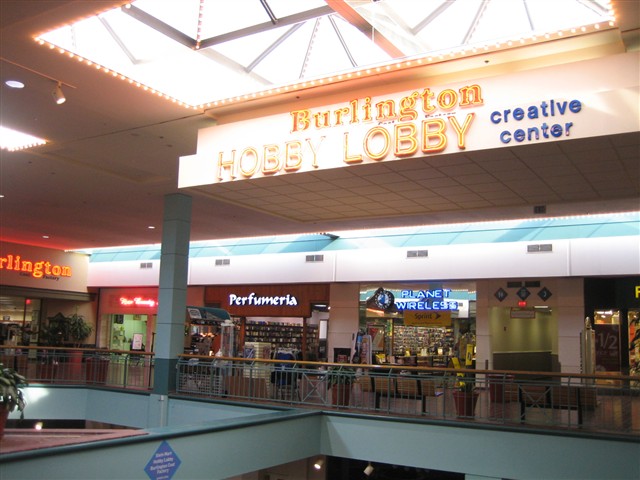
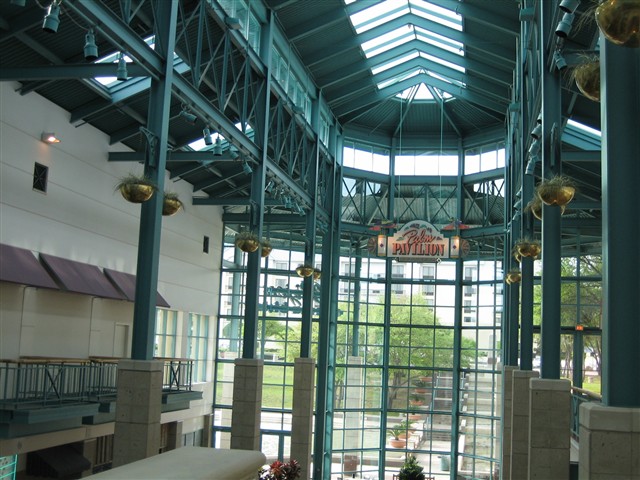











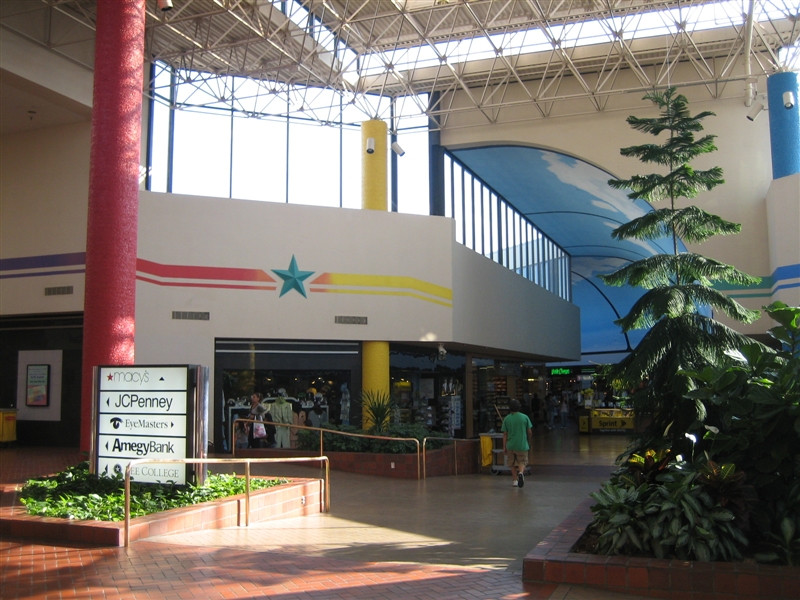
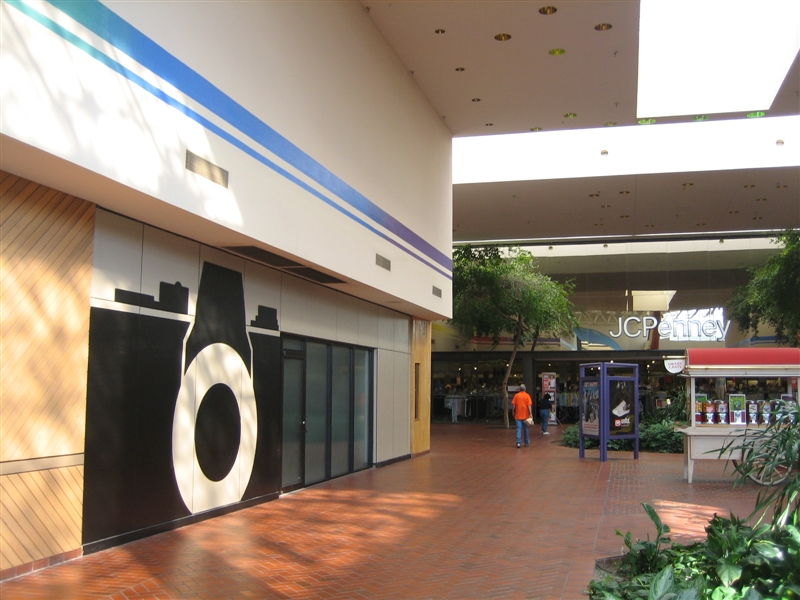
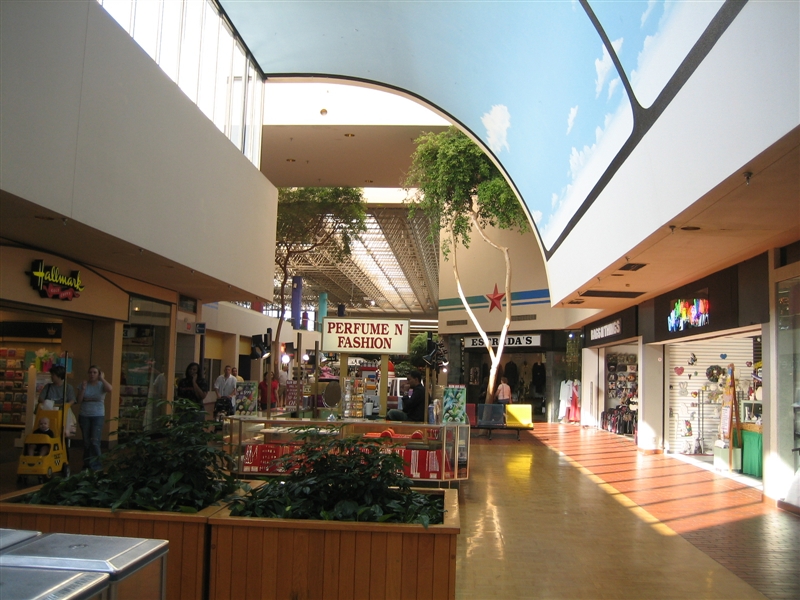
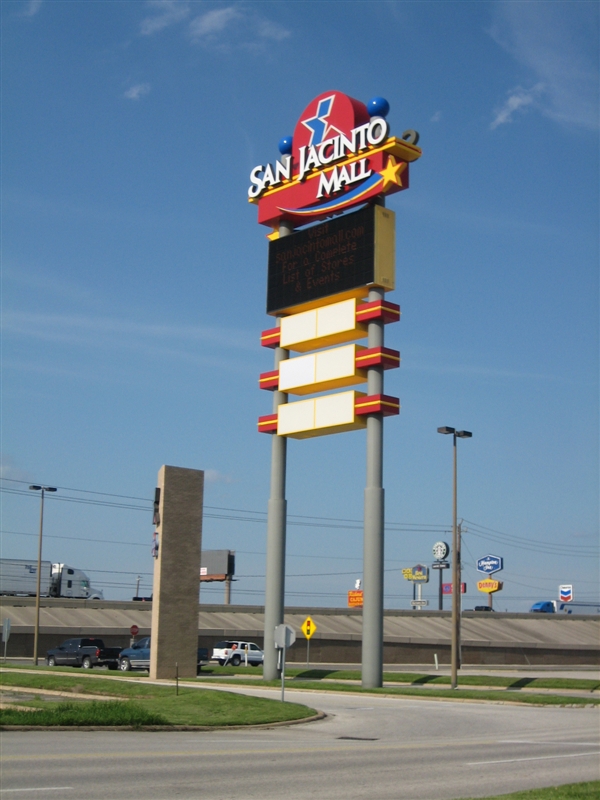
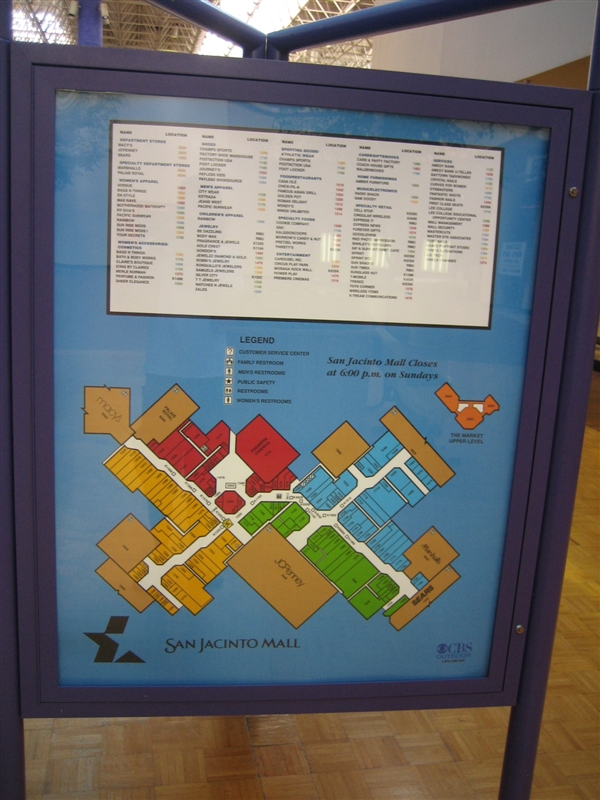






























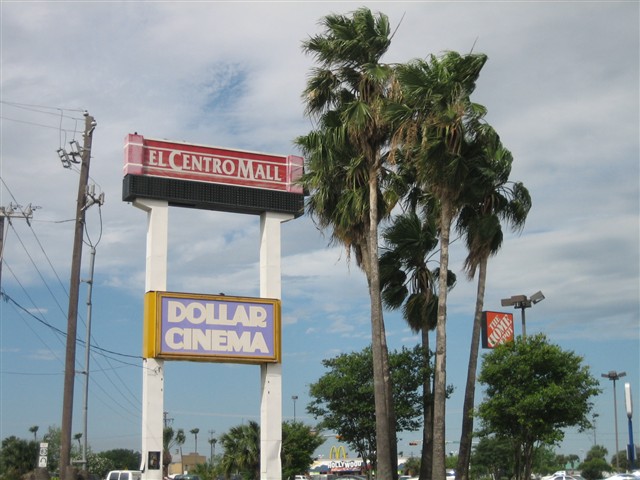
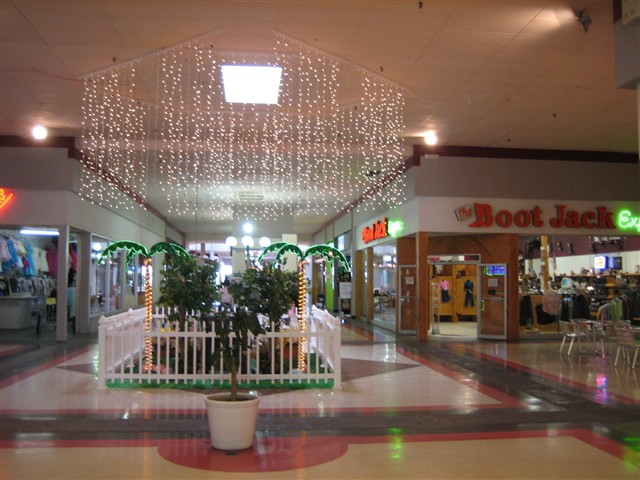
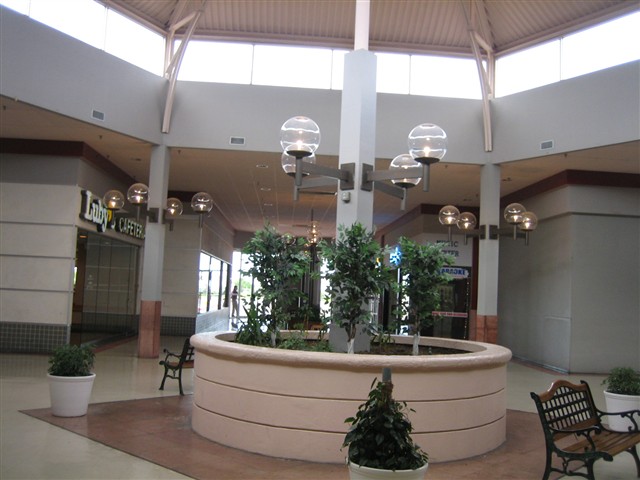











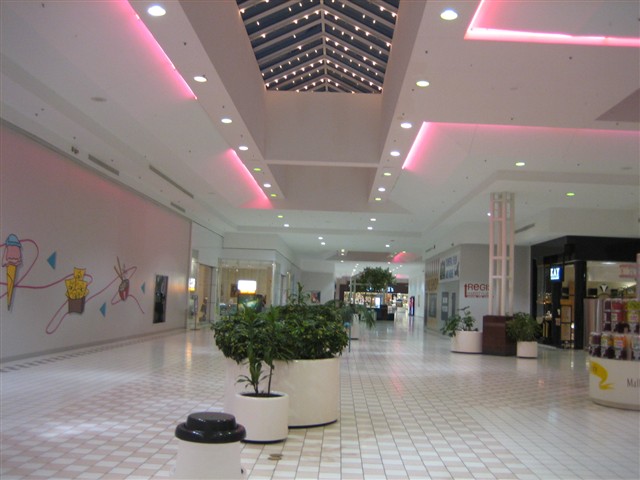

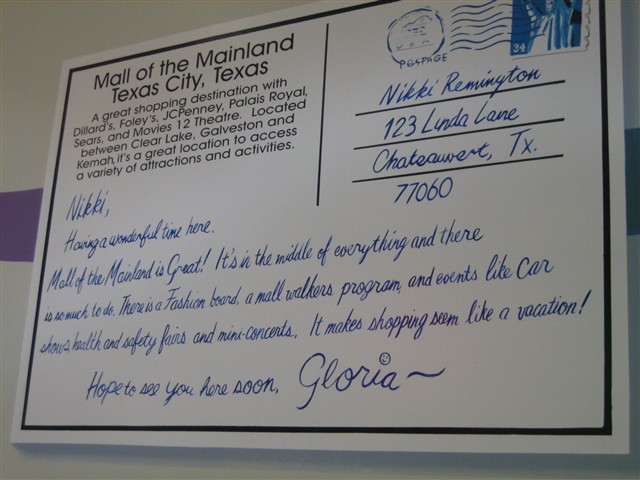














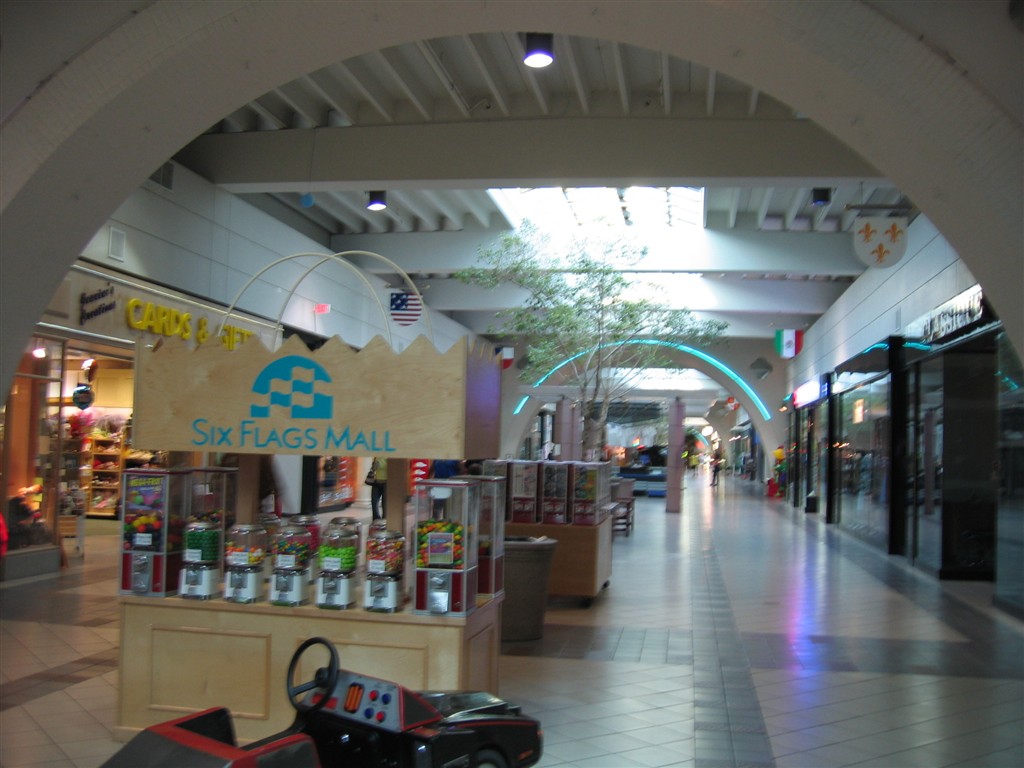
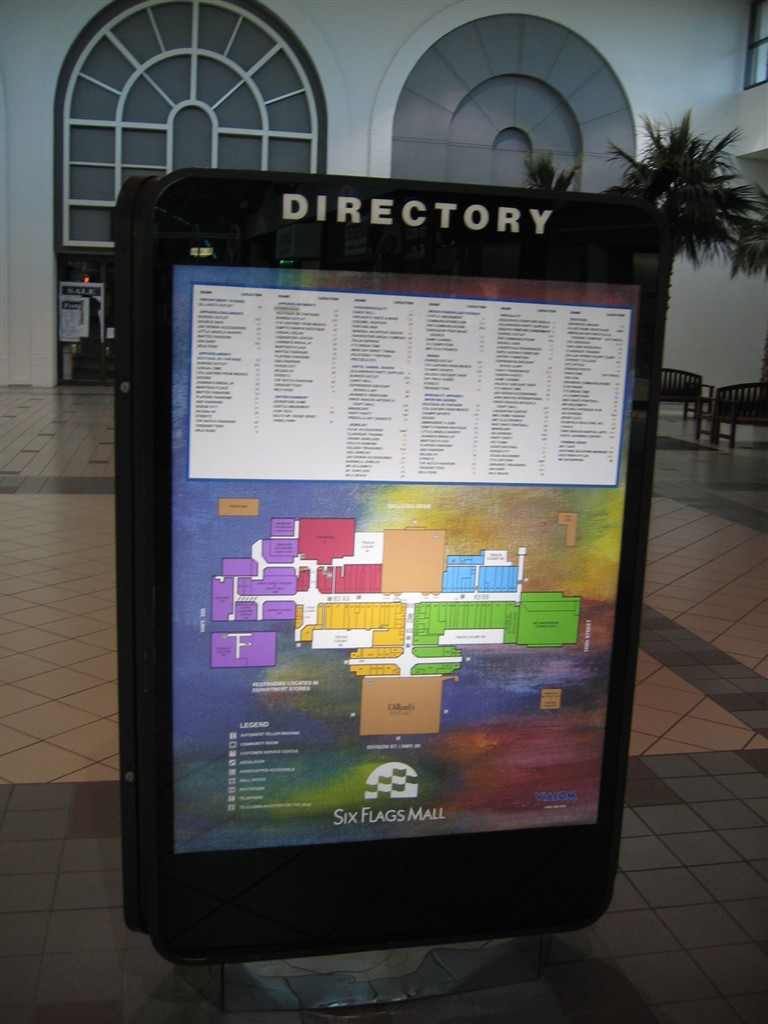 Six Flags Mall
Six Flags Mall

















